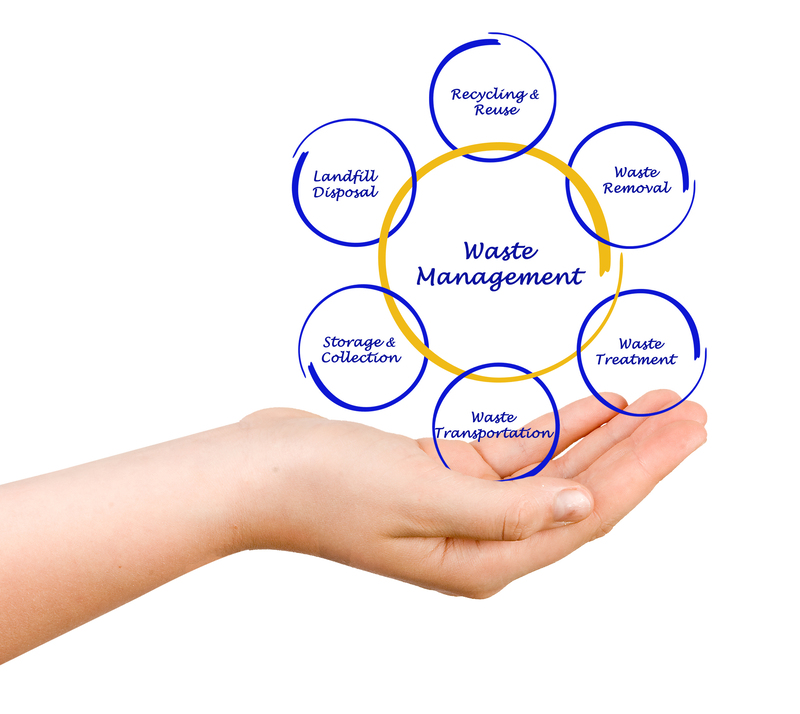The Community-wide Effects of Fly-Tipping
Fly-tipping, the illegal dumping of waste, has become an escalating problem affecting communities worldwide. The repercussions extend beyond just environmental harm. This article explores the comprehensive impacts of fly-tipping on communities, offering tips, pros and cons, key takeaways, and concluding insights.
Environmental Degradation
One of the most immediate and visible effects of fly-tipping is environmental degradation. Dumped waste can include hazardous materials that leach into the soil and water systems, leading to long-term environmental issues. The accumulation of non-biodegradable waste can also hinder plant growth and disrupt local ecosystems.

Public Health Hazards
Fly-tipping poses significant public health risks. Rotting waste attracts vermin such as rats and insects, which can carry diseases. The presence of hazardous materials like asbestos, chemicals, and medical waste can also expose the community to toxins, potentially leading to respiratory issues, skin infections, and other health complications.
Economic Costs
Communities bear substantial economic burdens due to fly-tipping. Local governments allocate considerable funds for the cleanup and disposal of illegally dumped waste. This financial strain diverts resources from other critical public services, such as education, healthcare, and infrastructure development.
Social Impacts
Fly-tipping contributes to social decline by fostering an environment of neglect and lawlessness. It diminishes community pride and can lead to increased crime rates. Properties in areas plagued by fly-tipping often suffer from decreased real estate values, affecting homeowners' equity and deterring potential buyers.
Legal Repercussions
The legal implications for fly-tipping are severe. Individuals caught dumping waste illegally may face hefty fines and even imprisonment. Despite strict regulations, enforcement can be challenging, leading to a sense of impunity among offenders and further exacerbating the problem.
Effects on Wildlife
Wildlife suffers immensely due to fly-tipping. Animals may ingest hazardous materials or become entangled in waste, leading to severe injuries or death. Disrupted habitats can force wildlife to migrate, displacing them from their natural environments and disturbing biodiversity.
Pros and Cons
Pros:
- None; fly-tipping offers no benefits to communities and is universally regarded as a detrimental practice.
Cons:
- Environmental degradation
- Public health risks
- Economic burden
- Negative social impact
- Legal consequences
- Harm to wildlife
Given these points, it is clear that fly-tipping has overwhelmingly negative consequences for communities.
Tips for Communities
- Increase Awareness: Launch educational campaigns to inform residents about the dangers and legal consequences of fly-tipping.
- Provide Facilities: Improve waste disposal facilities and make recycling centers more accessible to discourage illegal dumping.
- Community Engagement: Encourage community clean-up events to foster a sense of responsibility and pride among residents.
- Enhance Enforcement: Strengthen surveillance and law enforcement to deter potential offenders.
- Partner with Organizations: Collaborate with environmental NGOs for resources and support in combatting fly-tipping.

Key Takeaways
- Fly-tipping severely impacts the environment, public health, and the local economy.
- The social and legal consequences further exacerbate community decline.
- Active community engagement and better facilities can mitigate the problem.
Conclusion
Fly-tipping is an issue that demands immediate attention and action. Its multifaceted impacts--from environmental degradation to public health risks--underscore the urgency for comprehensive solutions. By increasing awareness, improving facilities, and fostering community engagement, we can mitigate the adverse effects of fly-tipping and ensure healthier, more vibrant communities.
In conclusion, combating fly-tipping requires a collective effort. Individuals, local governments, and organizations must collaborate to address this pressing issue effectively. Through education, enforcement, and community involvement, we can create a cleaner and safer environment for all.




